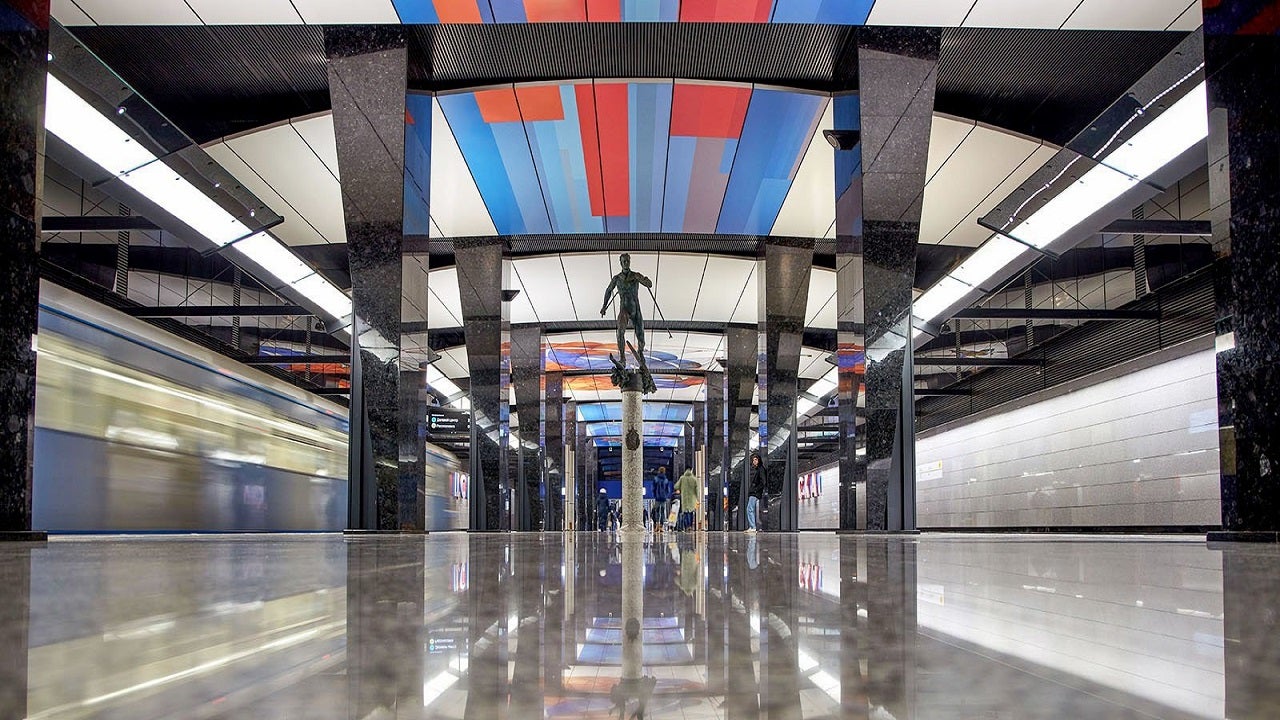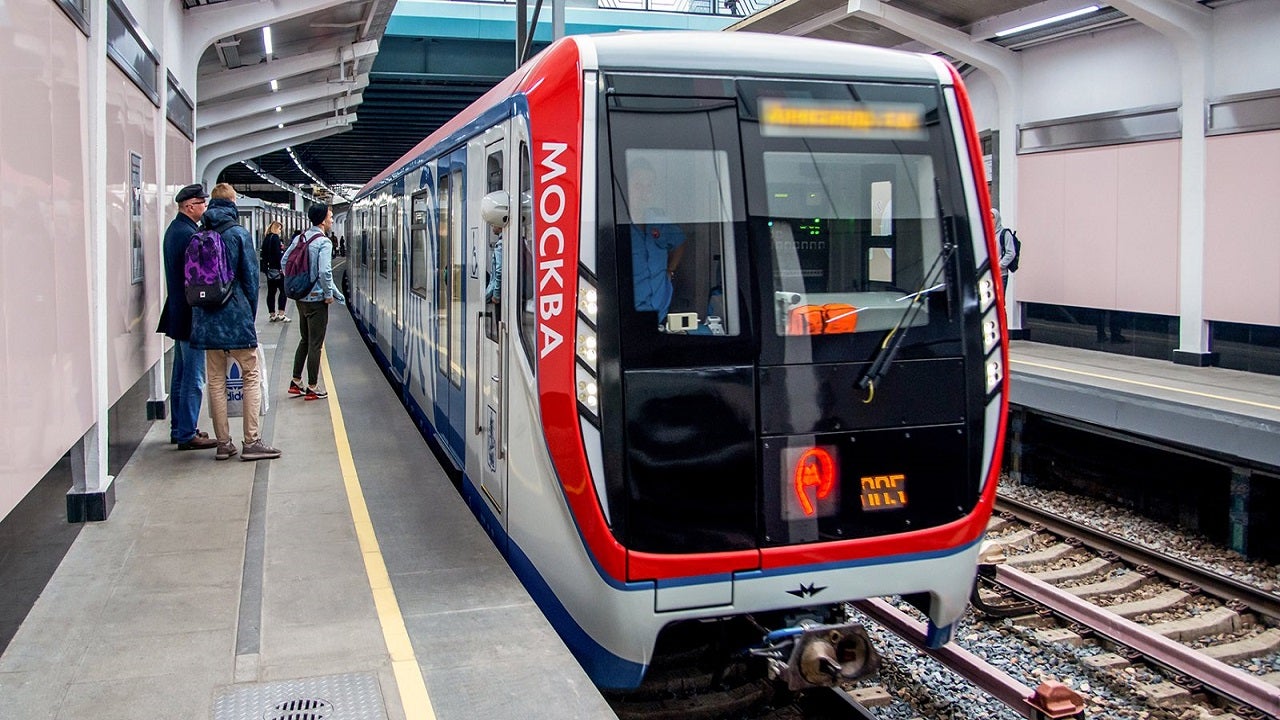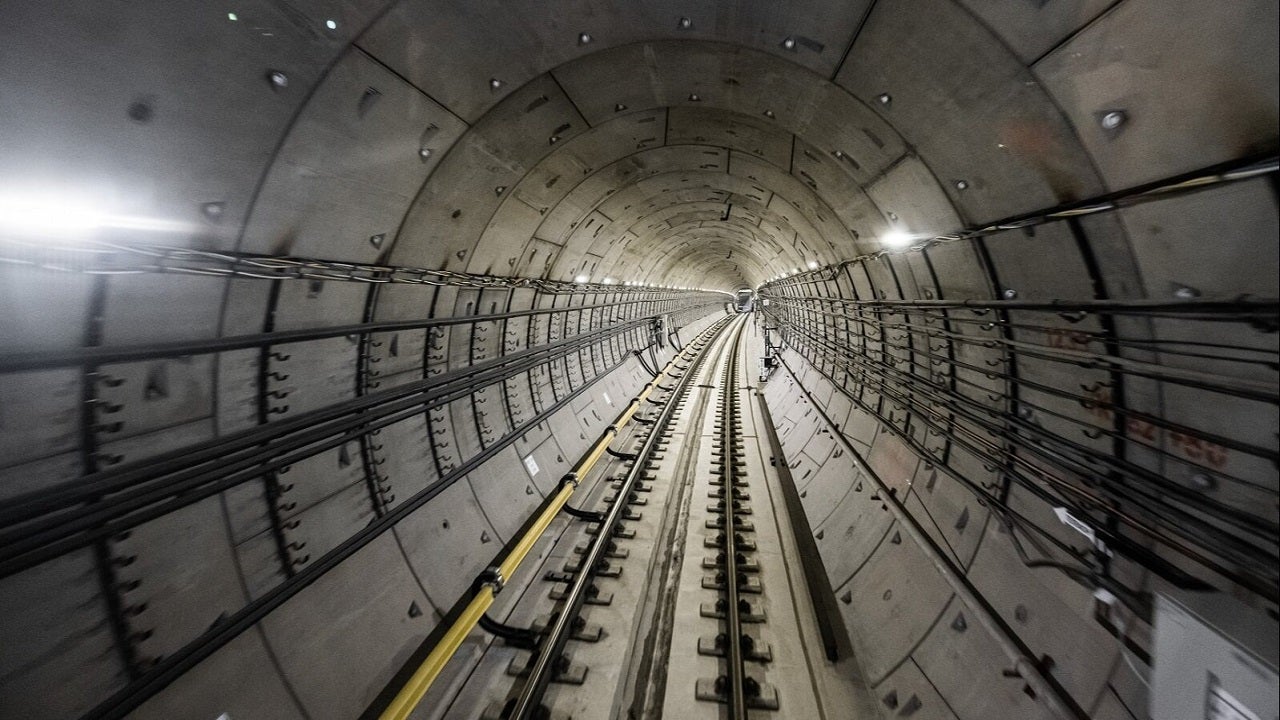The 70km-long Moscow Metro’s Big Circle Line (BCL) is one of the world’s most ambitious metro construction projects. The railway line will be served by 31 stations and three train maintenance facilities.
It will be the world’s longest circle line, surpassing the Beijing Metro‘s 57km-long Second Circle Line.
The north-western section of the new line, comprising the Petrovsky Park, Delovoi Tsentr, CSKA, Khoroshevskaya, and Shelepikha stations, was opened in February 2018, while the Savyolovskaya railway station became operational in December 2018.
The first section of the BCL carried 58 million passengers in the last two years. The Big Circle Line currently has 12 operating stations.
The Narodnoye Opolchenie and Mnevniki stations of the Moscow Metro’s Big Circle Line (Line 11) were opened to passengers in April 2021. The new stations were constructed as part of the 5.5km-long western section of the BCL between the Khoroshyovskaya and Mnyovniki stations.
The government plans to open 11 new metro stations of the BCL by the end of 2021. The new stations will include Karamyshevskaya, Terekhovo, Kuntsevskaya, Mnevniki, Aminyevskaya, Michurinsky Prospekt, Davydkovo, Prospekt Vernadskogo, Kaluzhskaya, Zyuzino, and Novatorskaya.
Approximately 70% of the line will be available to passengers by the end of 2021. Being implemented as a three-stage construction project, the Big Circle Line is scheduled to be completed in late 2022.
Route details of the Big Circle Line
The Big Circle Line (BCL) will connect current and future radial lines up to 10km from the original Circle Line to mitigate the congestion problem in central Moscow.
The new line will feature several transfer points with current and new radial lines such as the Rublyovo-Arkhangelskaya and Kommunarskaya lines. The Rublyovo-Arkhangelskaya Line that is under construction will connect with the BCL at the Ulitsa Narodnogo Opolcheniya station, while the Kommunarskaya Line will have a link at the Ulitsa Novatorov station.
The project will create change points at 20 stations on 11 radial metro lines, three stations on the Moscow Central Circle (MCC) rail, 13 stations on the Moscow Central Diameters, and 11 railway stations. The major transit hubs will be Delovoi Tsentr, Nizhegorodskaya, Savyolovskaya, and Ulitsa Novatorov.
Details of Big Circle Line project
The initial 11.5km-long section of the BCL reduced the burden on the northern sections of Tagansko-Krasnopresnenskaya and Zamoskvoretskaya lines.
Opened in 2018, the Savyolovskaya station is one of the deepest stations, located more than 65m below the surface.
The station relieved the burden on the Savyolovskaya station of the Serpukhovsko-Timiryazevskaya Line. Furthermore, it allowed passengers to travel between the Savyolovskaya and Rasskazovka stations without changing.
The BCL’s 14km-long north-eastern stretch is the most difficult section across the line. It passes underneath two metro lines and three railway lines, resulting in the manual operation of most tunnel-driving activities.
The section encompasses seven stations, namely Aviamotornaya, Lefortovo, Elektrozavodskaya, Nizhegorodskaya, Rizhskaya, Sokolniki, and Maryina Roshcha. It will be connected to the Nizhegorodskoye railway maintenance facility through a 1.9km-long route.
A section near the Nekrasovskaya Line was opened to the public in March 2020. The pink line currently includes the Lefortovo, Aviamotornaya, and Nizhegorodskaya stations.
The 9km-long western section of the BCL will include four stations, namely Ulitsa Narodnogo Opolcheniya, Mnyovniki, Karamyshevskaya, and Kuntsevskaya.
The tunnel between the Khoroshevskaya and Karamyshevskaya stations has been completed. The trains will travel between the stations via a 10m-wide double-track tunnel.
Other sections of BCL
The 9.2km-long south-western section of Kuntsevskaya-Prospekt Vernadskogo is split into the Kuntsevskaya-Aminyevskoye Shosse, and Aminyevskoye Shosse-Prospekt Vernadskogo segments.
The section includes the Davydkovo, Aminyevskoye Shosse, Prospekt Vernadskogo, and Michurinsky Prospekt stations.
In April 2017, construction started on the southern section of the line between the Prospekt Vernadskogo and Kakhovskaya stations.
Expected to be completed by November 2022, the 7km-long segment will be served by the Ulitsa Novatorov, Vorontsovskaya, and Zyuzino new stations.
The 11.4km-long eastern stretch of the new Russian railway line between the Kashirskaya and Nizhegorodskaya stations is anticipated to be completed by late 2022.
The segment will include Klenovy Bulvar, Nagatinsky Zaton, Pechatniki, and Tekstilshchiki stations. A huge double-track tunnel is being built to allow trains to travel between the Tekstilshchiki and Klenovy Bulvar stations.
Rolling stock of the world’s longest circle line
The new railway line in Moscow will feature the Moskva new-generation metro trains. The first set of Moskva trains was launched on the most crowded Tagansko-Krasnopresnenskaya Line (Line 7) in 2017, which transports 1.2 million passengers a day.
The new generation trains are also used on the Kaluzhsko-Rizhskaya Line (Line 6) and the Filyovskaya Line (Line 4) of the metro.
The walk-through carriages of the advanced trains are designed to enable the movement of persons with disabilities. Each train has wide doorways and eight carriages with the capacity to accommodate 330 passengers. Amenities inside the train include interactive media screens and mobile charging stations.
Other features aimed at improved passenger experience include better soundproofing, and heating, ventilation, and air-conditioning (HVAC) systems.
Project benefits
The opening of the western section of the BCL reduced the peak hour headway at the Savyolovskaya-Khoroshyovskaya section by 15 minutes from two hours 45 minutes to two hours 30 minutes, leading to an increase in passenger seats by 2,600. Opened in April 2021, the Narodnoe Opolchenie and Mnyovniki stations are projected to accommodate 42,400 passengers a day.
The overall ridership of the stations is expected to rise to 95,400 passengers a day in the future. Travel times are estimated to decrease by up to 40 minutes on some routes due to convenient connections to Lines 2, 7, and 9.
The new stations are expected to encourage up to 5,500 new passengers to switch to railways as the mode of transportation, reducing congestion on the nearby streets by up to 11%.






